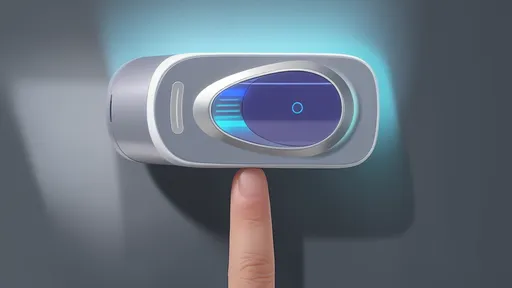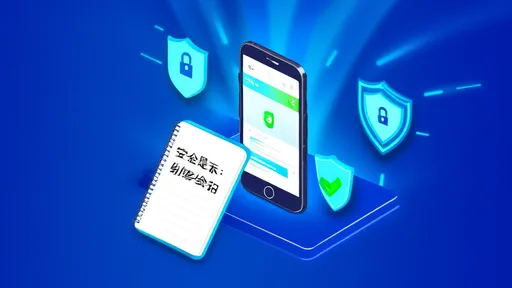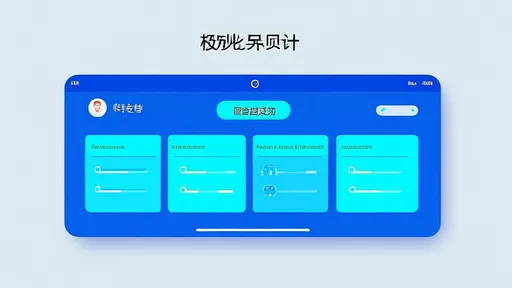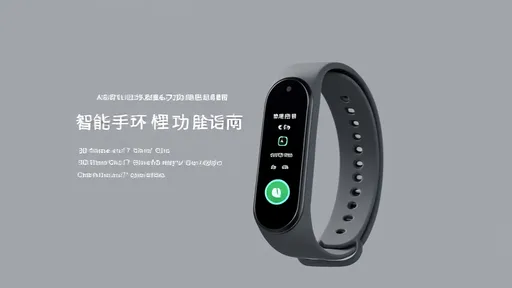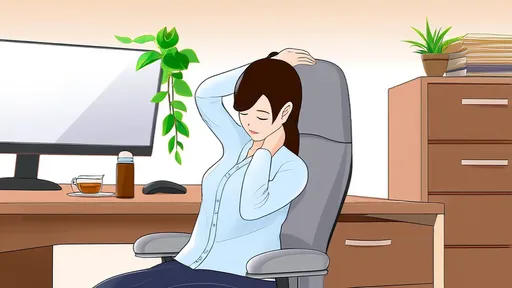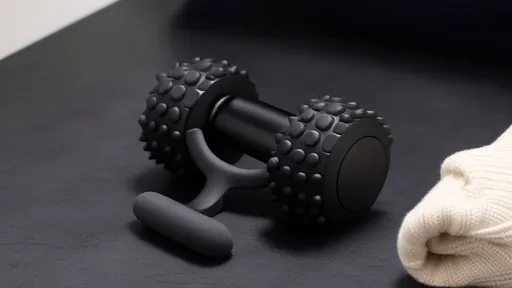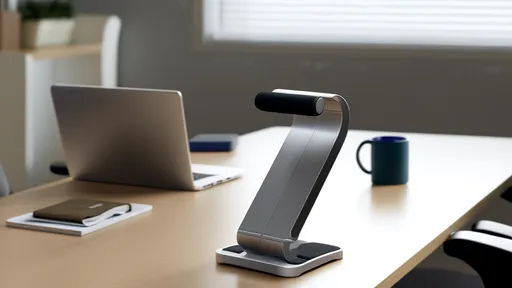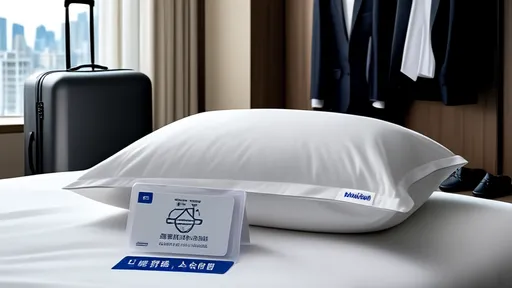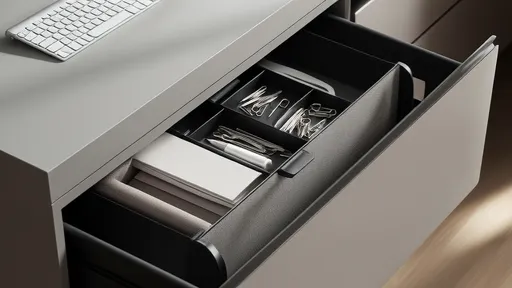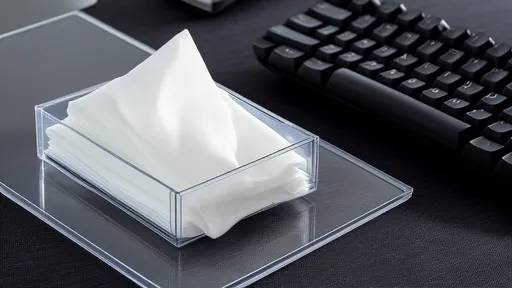The growing reliance on health apps has brought privacy and security concerns to the forefront. As these applications collect sensitive data—ranging from heart rate and sleep patterns to medical history and GPS locations—users and regulators alike are questioning how this information is managed. The permissions granted to health apps often determine the extent of data access, making it crucial to establish robust strategies for permission management.
Many health apps request permissions that go beyond their core functionality. A fitness tracker, for instance, might ask for access to a user’s camera, contacts, or even social media accounts. While some of these requests may seem harmless, they can expose users to unnecessary risks. Unrestricted permissions allow apps to gather data that could be exploited for targeted advertising, sold to third parties, or, in worst-case scenarios, leaked in a data breach. This overreach has led to increasing scrutiny from privacy advocates and policymakers.
The balance between functionality and privacy is delicate. On one hand, certain permissions are essential for an app to deliver its promised features. A step-counting app needs motion sensor access, while a nutrition tracker might require camera access to scan barcodes. However, when permissions extend beyond what’s necessary, users are left vulnerable. Transparency is key—developers must clearly explain why each permission is needed and how the data will be used. Without this clarity, trust erodes, and users may abandon apps altogether.
Regulatory frameworks like the General Data Protection Regulation (GDPR) in Europe and the Health Insurance Portability and Accountability Act (HIPAA) in the U.S. have set benchmarks for data protection. These regulations mandate that apps handling health data implement strict permission controls and obtain explicit user consent. Yet, enforcement remains inconsistent, and many apps still operate in gray areas. For instance, apps labeled as "wellness" rather than "medical" often bypass stricter regulations, even though they collect similarly sensitive data.
User awareness plays a pivotal role in permission management. Despite the availability of permission settings on smartphones, many users blindly accept permissions without reviewing them. This complacency stems from a lack of understanding or the inconvenience of navigating complex settings. App stores and developers could mitigate this by simplifying permission requests and providing in-context explanations. For example, instead of presenting a generic list of permissions during installation, apps could explain each request as it becomes relevant during use.
Another emerging challenge is the handling of third-party integrations. Many health apps rely on external services for analytics, cloud storage, or advertising. These integrations often come with their own permission requirements, creating additional layers of data sharing. Users may not realize that granting permissions to a health app also extends to its third-party partners. Developers must disclose these relationships and ensure that third-party services adhere to the same privacy standards. Without such measures, the chain of data custody becomes murky, increasing the risk of misuse.
The future of health app permission management may lie in more granular controls. Operating systems are beginning to offer features like one-time permissions or background access restrictions. These advancements empower users to grant temporary access rather than perpetual rights. For example, a user might allow a meditation app to access the microphone only during active sessions, rather than at all times. Such innovations could significantly reduce the exposure of sensitive data while maintaining app functionality.
Ultimately, the responsibility is shared between developers, regulators, and users. Developers must prioritize privacy by design, minimizing data collection and securing explicit consent. Regulators need to close loopholes and ensure consistent enforcement across all health-related apps. Users, on their part, should take an active role in managing permissions and staying informed about their data rights. Only through collaboration can the potential of health apps be fully realized without compromising privacy and security.
Pulse oximeters have become indispensable tools in modern healthcare, particularly in monitoring oxygen saturation levels non-invasively. However, one common challenge users face is nail interference, which can skew readings and lead to inaccurate results. Understanding how to mitigate this issue is crucial for both medical professionals and individuals relying on these devices for health monitoring.
The pharmaceutical industry has undergone significant transformations in recent years, with one of the most notable advancements being the implementation of drug traceability systems. These systems, often centered around unique identification codes known as drug traceability codes, have become a cornerstone in ensuring the safety, authenticity, and transparency of pharmaceutical products. The ability to track a drug's journey from manufacturing to consumption has not only bolstered consumer confidence but also streamlined regulatory compliance and supply chain management.
The rise of digital healthcare credentials has brought unprecedented convenience to patients worldwide, but it has also opened new avenues for fraudsters. Electronic medical insurance certificates, designed to streamline access to healthcare services, have become a prime target for sophisticated cybercriminals. This phenomenon isn't isolated to any particular region—from Beijing to Boston, healthcare systems are witnessing an alarming increase in digital credential theft.
The rise of telemedicine has transformed how patients access healthcare, with online consultations becoming increasingly common. One critical aspect of virtual visits that often goes overlooked is the quality of medical photos patients submit. Clear, well-composed images can make the difference between an accurate remote diagnosis and unnecessary follow-up appointments. As patients take more responsibility for documenting their health concerns through photography, mastering a few fundamental techniques becomes essential.
The growing reliance on health apps has brought privacy and security concerns to the forefront. As these applications collect sensitive data—ranging from heart rate and sleep patterns to medical history and GPS locations—users and regulators alike are questioning how this information is managed. The permissions granted to health apps often determine the extent of data access, making it crucial to establish robust strategies for permission management.
In today’s fast-paced world, many of us find ourselves glued to our desks for hours on end, often losing track of time until stiffness or discomfort sets in. Sedentary behavior has become a silent health hazard, linked to a range of issues from poor posture to increased risk of chronic diseases. Fortunately, wearable technology like fitness bands has stepped in to combat this modern-day problem. One of the most valuable features these devices offer is the sedentary reminder—a gentle nudge to get up and move. But simply enabling the feature isn’t enough; understanding how to optimize its settings can make the difference between a helpful tool and an ignored alert.
The modern pace of life has made fast food an unavoidable part of our dietary landscape. While nutritionists consistently warn about the health consequences of regular fast food consumption, the reality is that most people will find themselves eating these convenient meals more often than they'd like to admit. Rather than moralizing about avoidance, a more practical approach focuses on mitigation - how to nutritionally rescue your body after fast food consumption.
In our screen-dominated world, eye fatigue has become an epidemic. The constant glare from digital devices leaves millions rubbing their temples and squinting through blurred vision. While artificial tears and blue light glasses offer temporary relief, traditional Chinese medicine presents an intriguing alternative – acupressure for eye strain. This ancient healing art teaches that strategic finger pressure along meridian pathways can dissolve tension, improve circulation, and restore visual clarity without medications.
Air-conditioned rooms provide comfort during hot weather, but they often come with an unintended side effect: dry nasal passages. The constant circulation of cooled air tends to strip moisture from the environment, leaving many people struggling with irritation, congestion, or even nosebleeds. Understanding how to maintain nasal hydration in such conditions is essential for both comfort and health.
For those who spend long hours sitting at a desk or in front of a computer, the struggle with stiff calves and poor circulation is all too real. The modern sedentary lifestyle has given rise to a generation of "desk-bound professionals" who often neglect the importance of movement. Enter the calf massage roller—a simple yet effective tool designed to alleviate tension, improve blood flow, and restore mobility to overworked lower legs.
In today's fast-paced corporate environment, telephone conferences have become an indispensable part of daily work routines. However, the prolonged hours spent hunched over phones or laptops during these virtual meetings have given rise to a silent epidemic: chronic neck and shoulder pain. As awareness grows about the physical toll of our digital work habits, a new category of ergonomic solutions has emerged – the telephone conference neck support brace.
Business travel often comes with its own set of challenges, and one of the most overlooked yet critical aspects is the quality of sleep. Hotels, aware of this, have started paying closer attention to their pillow offerings. The way hotels handle pillows can significantly impact a guest's experience, and many are now adopting innovative approaches to ensure comfort and hygiene.
Afternoon tea is a beloved ritual for many, offering a moment of respite in the midst of a busy day. However, traditional afternoon tea spreads often lean heavily on sugary treats, refined carbohydrates, and calorie-laden snacks. For those seeking a healthier approach without sacrificing flavor or satisfaction, there are plenty of nutritious alternatives that can transform this daily indulgence into a nourishing experience.
The modern workplace can be a breeding ground for stress, and often, the state of our physical surroundings mirrors our mental clutter. Nowhere is this more evident than in the humble desk drawer—a microcosm of chaos for many professionals. The concept of drawer decompression organizing isn’t just about tidying up; it’s a tactile form of self-care that bridges the gap between productivity and mental well-being.
In today’s fast-paced digital world, keyboards have become an essential part of our daily lives. Whether at work, school, or home, we rely on them for communication, productivity, and entertainment. However, what many people overlook is the fact that keyboards can harbor a surprising amount of germs and bacteria. Studies have shown that keyboards can be dirtier than toilet seats, making regular cleaning a necessity. One effective and convenient solution for maintaining keyboard hygiene is the use of disinfecting wipes. These wipes are specially designed to clean and sanitize surfaces without causing damage, making them ideal for electronic devices.
